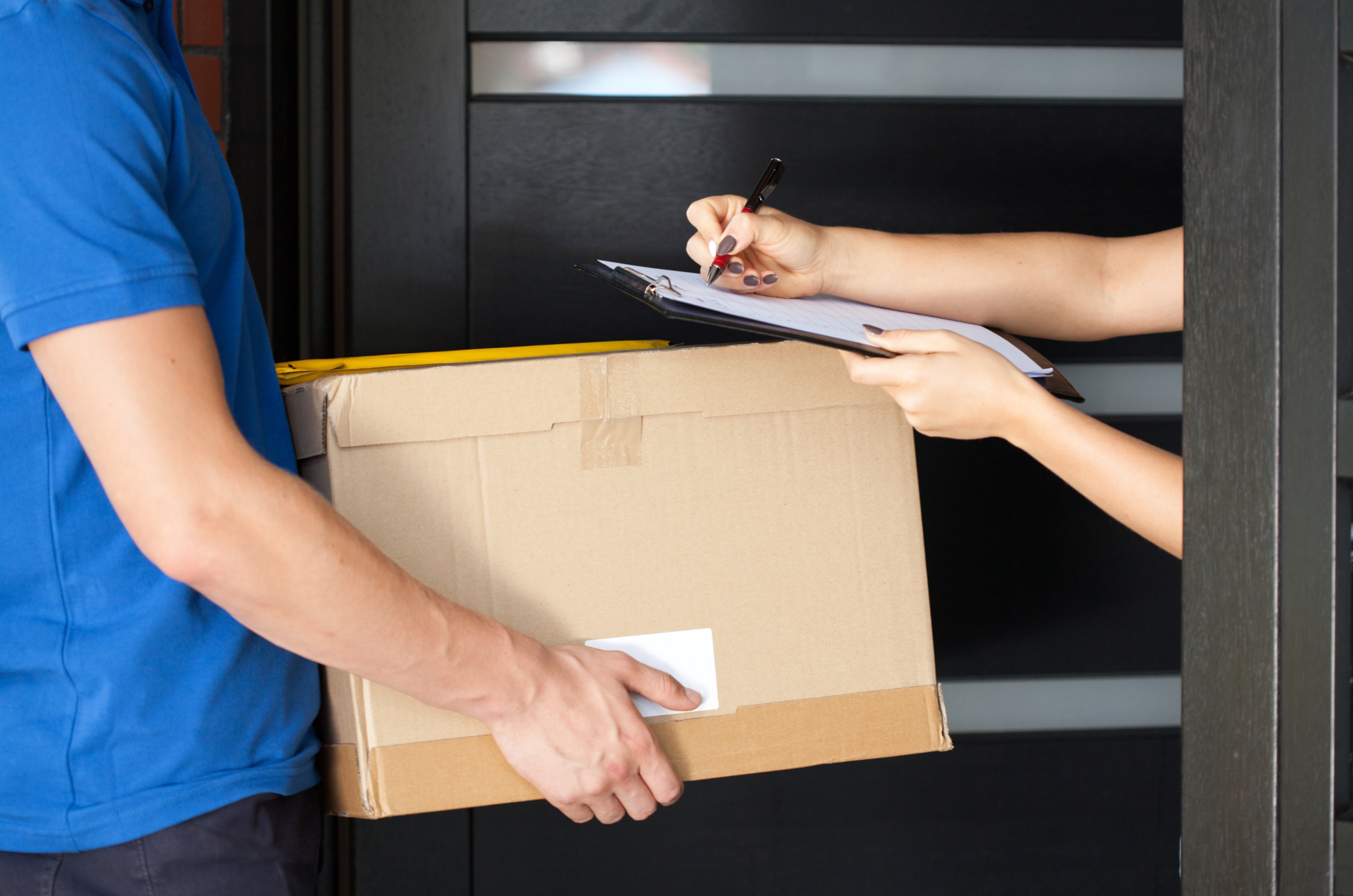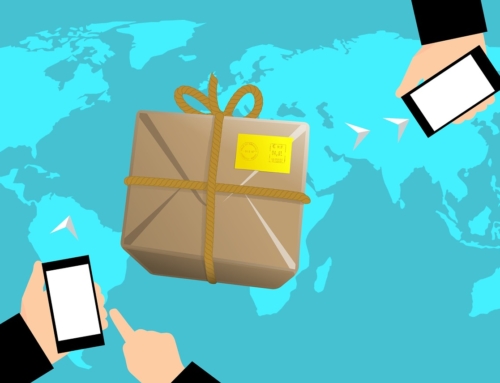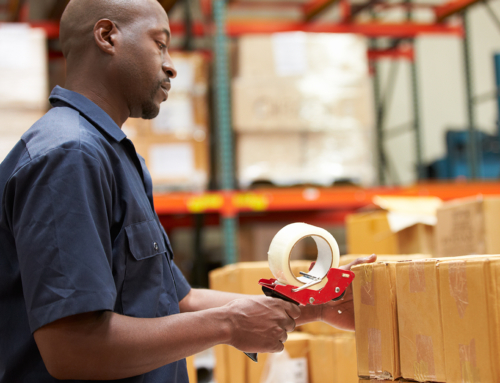It’s enough to make a retailer have a panic attack when you consider that over 30 percent of all products ordered online are returned, especially in sectors like fashion where descriptions and fit matter most.
The return rate for similar brick and mortar stores is just 8.89 percent, according to an infographic published by Invesp. This has long been a problem for eCommerce companies, forcing them to pay a great deal more attention to their supply chain than their retail counterpart.
Now more than ever, getting returns right matters. Without a good system in place, your eCommerce company is going to really struggle.
5 (Not So Secret) Secrets to Getting Returns Right.
Getting returns right should be high on your list of things to do.
It’s one thing to send out orders, anybody can do that, but if you can’t quickly receive and process those returns, you’ll not only have some really unhappy customers, you may start hemorrhaging money.
How about taking these not so secret secrets and apply them to your reverse logistics strategy?
- Customers are savvy online, more than two-thirds check your return policy before deciding to do business with you. That means you need to have your act together and ensure that your returns policy is always up to date and all the terms are spelled out.
- Shoppers are pretty forgiving, in fact 92 percent of them will buy from you again if their returns process is easy. Here’s another example of how staying on top of those returns can make a huge difference to your bottom line.
- Despite their easy-going manner, your customers still don’t want to be hassled. A “no questions asked” return policy is the preference of 58 percent of your shoppers. That doesn’t mean you can’t ask, just make it clear that your questions are only for future loss prevention and that you will take the item back regardless of their answers.
- Those buyers also realize the risk involved with buying online. When asked about their willingness to purchase an item costing more than $1,000 online, 27 percent would if the store offered free returns. Only 10 percent would without free return shipping.
- Cover the cost of a return label, just in case things go sideways with an order. Forty-seven percent of the shoppers surveyed wanted an easy to print return label, but you could exceed expectations while making the job easier for your team by including a smart label with each order.
Getting returns right means a lot of different things to different kinds of retailers. It could mean moving broken electronics to a refurbishing company rapidly so you can sell those items again in your store before they’re replaced by a newer model, or moving returned items to a secondary market overseas.
Your returns management team can help you define goals that help you see how well they’re doing and how changes in policy or practice can change the amount of money you ultimately recuperate from returned products.







Leave A Comment